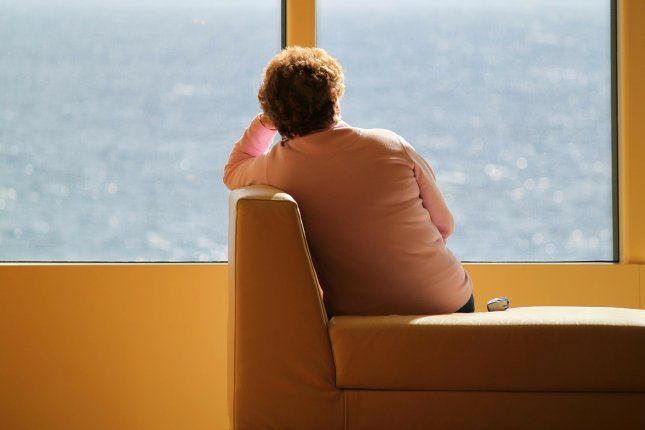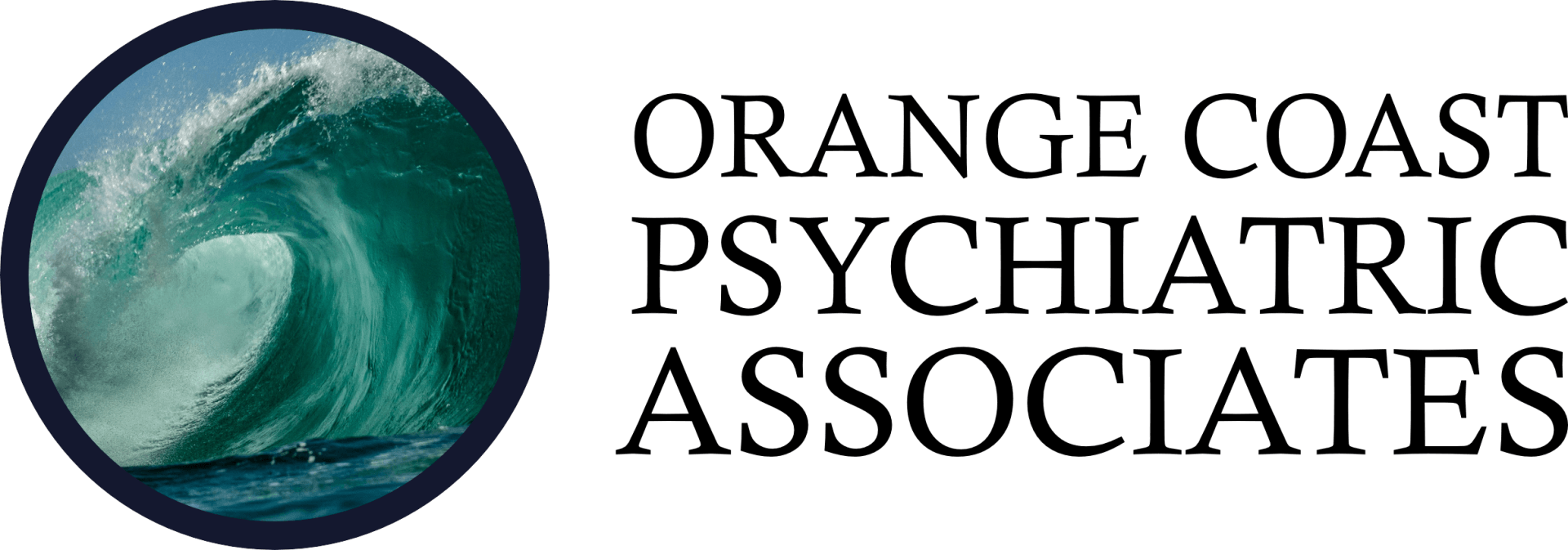Are My COVID-19 Concerns Normal, or Do I Have Illness Anxiety Disorder?

It’s normal to feel concerned about coming down with COVID-19. But if your concern leads to obsessive thoughts about the virus, panic attacks, or crying spells, you could be dealing with illness anxiety disorder.
Before the COVID-19 pandemic struck, many people probably recall being out and about in public without significant fears of coming down with an illness. Now that time may seem long in the past.
Some amount of worry related to the pandemic is normal, especially when it comes to protecting yourself from the virus. But if you’re constantly feeling distressed or questioning whether even the slightest things happening in your body are signs of COVID-19 or another potentially life-threatening illness, you could be dealing with illness anxiety disorder (IAD), also known as hypochondriasis.
If you’re unsure whether you’re experiencing healthy concerns or symptoms of IAD, the difference between the two comes down to a few key factors.
What Does It Mean to Have Normal COVID-19 Concerns?
It may be hard to tell how much COVID-related concern is too much, especially amid constant news of emerging variants, breakthrough cases among vaccinated people, and evolving guidelines for when you should get tested for COVID-19.
So, what does it mean to have normal pandemic concerns?
“Healthy concern looks like taking the necessary precautions to keep yourself safe from the virus and stay healthy while also being aware and responsible toward other people around you, especially those who might be more sensitive to the virus,” says the trauma psychologist Karol Darsa, PsyD, the author of The Trauma Map and founder of the Reconnect Center in Pacific Palisades, California.
“Most people with ‘normal’ concerns will do what is recommended to the general public: Get the appropriate vaccinations, wear masks when necessary, and wash hands or use hand sanitizer,” adds Shana Feibel, DO, the attending psychiatrist at the Lindner Center of Hope in Mason, Ohio, and an assistant professor of psychiatry at the University of Cincinnati.
In addition, it’s completely normal to stay informed about and follow current COVID-19 testing recommendations outlined by the Centers for Disease Control and Prevention's (CDC) Coronavirus Self-Checker. According to the CDC, you should get tested after exposure to someone who tested positive for COVID-19, or if you experience symptoms such as:
- Chills
- Cough
- Diarrhea
- Fatigue
- Fever
- Headache or muscle aches
- Loss of taste or smell
- Nausea or vomiting
- Runny nose or congestion
- Shortness of breath or trouble breathing
- Sore throat
What Does It Mean to Have Illness Anxiety Disorder?
IAD is a diagnosable mental health condition in which someone worries excessively that they are or will become very ill, according to Mayo Clinic.
When it comes to COVID-19, people with this condition often worry that they have the virus despite having no noticeable symptoms, or mistakenly believe that minor sensations are signs that their health is in danger. For example, Dr. Darsa says, people with IAD might worry that normal bodily functions are signs of COVID-19.
“One might go for a workout and have a lot of muscle pain the next day, but instead of relating it to the workout, they might believe it is a COVID-19 symptom instead, leading to anxiety,” she says.
Darsa adds that people with IAD tend to fall into one of two categories: the care-seeking type or the care-avoidant type.
Individuals with the care-seeking type of IAD are often very preoccupied with seeking medical help. Someone with this form of IAD may continue to worry that they have COVID-19 even after they receive a negative test result, says Dr. Feibel. “The general concern about an illness often far outweighs the chances of a serious illness,” Feibel says.
In addition, individuals with the care-seeking type may undergo an excessive amount of COVID-19 testing. While it’s normal to get tested if COVID-19 symptoms are present, someone with IAD may ask their doctor for repeated tests despite receiving a negative result or having no symptoms or exposures to people who tested positive. They may also purchase and use an inordinate number of over-the-counter self-tests.
On the other hand, people with the care-avoidant form of IAD tend not to seek medical help, either because they believe that doctors might take their reported symptoms lightly or they distrust healthcare professionals in general.
“A care-avoidant type might not go get tested when they feel sick just because they are convinced that they have the virus and will not believe that a negative result is accurate,” Darsa explains. They may also fear that they’ll get infected with COVID-19 if they leave their home to seek medical help, Darsa adds.
The symptoms of IAD frequently impede people with this condition from going about their day-to-day life, says Darsa. If left unchecked, IAD can also cause significant financial stress because of the costs associated with medical testing.
How to Tell the Difference Between Normal COVID-19 Concerns and Illness Anxiety Disorder
A key difference between having healthy COVID-related concerns and IAD, says Darsa, is whether what you’re experiencing causes you significant distress and hinders your ability to go about your daily life.
People with healthy COVID-19 concerns are very much aware of what the disease looks like, its common symptoms, the timeline in which they occur, and when to get tested or self-isolate, and thus will focus on such aspects to keep themselves safe, Darsa says.
If your concerns are healthy, it’s unlikely that you will mistake a normal bodily function for a symptom of the virus. And if you do, talking things out with a loved one or your doctor will help you discover the more likely cause of what you’re experiencing.
According to Feibel, normal concerns cross into unhealthy territory if they lead to excessive COVID-19 testing, frequent panic attacks, obsessive thoughts about COVID-19 or its symptoms, extreme isolation from others, or crying spells — essentially, anything that prevents someone from being able to function normally.
For instance, Feibel says, “you might find that individuals with excessive concerns wash their hands excessively or use hand sanitizer much more often than everyone else. Some may even wear gloves so that they will not have to touch public surfaces at all, or they may even avoid going to social events entirely.”
5 Coping Tips That Can Help You Manage Both
According to Darsa and Feibel, these strategies can help you manage anxiety whether you simply have COVID-related worries or a larger anxiety disorder.
1. Seek Professional Help
If you’ve been diagnosed with IAD or think you may have this condition, you could benefit from seeing a mental health professional. Standard, evidence-based treatments for IAD include talk therapy and, in some cases, medication, Mayo Clinic reports.
One helpful form of talk therapy is cognitive behavioral therapy (CBT), a therapeutic technique that addresses unhelpful or irrational thoughts and behavior patterns. According to Darsa, CBT is widely considered by experts to be the gold standard of talk therapy.
When it comes to medications, antidepressants are among the most common ones prescribed for IAD, according to Mayo Clinic.
Even if you haven’t been diagnosed with IAD, you could still benefit from seeing a mental health professional to help you learn to manage anxiety related to COVID-19. In other words, you don’t have to have an anxiety disorder to seek professional help. “Do not be afraid to get help from a therapist or psychiatrist,” Feibel advises.
2. Practice Mindfulness
Darsa recommends mindfulness, a mind-body practice involving deep breathing and focusing on the present moment rather than the past or future. Doing so could help you better manage your fears and anxieties about catching the virus.
When you practice mindfulness, focus on your breath entering and exiting your body and be aware of any feelings, thoughts, or events around you without judging those observations as right or wrong, Darsa advises. “Just observe them. And then focus on small things like watching a bird fly or how dogs play. This will help you to manage your ups and downs when you practice regularly,” Darsa adds.
3. Adopt Healthy Lifestyle Habits
Overall, your physical health supports your mental health and vice versa, which is why a healthy diet and regular exercise are important, says Darsa. A nutritious diet, enough water to stay hydrated, and limited alcohol and caffeine can keep anxiety symptoms in check, Darsa advises.
According to Harvard Medical School, although diet is not a cure for anxiety, dietary considerations that may be helpful for people with anxiety may include foods rich in:
- Magnesium, such as leafy greens, whole grains, nuts, and seeds
- Zinc, including egg yolks, beef, and cashews
- Omega-3 fatty acids, such as wild Alaskan salmon
- Probiotics, including kefir, pickles, and sauerkraut
- B vitamins, such as almonds and avocados
- Antioxidants, including apples, blackberries, strawberries, broccoli, and walnuts
4. Prioritize Downtime
Feibel recommends carving out time every day to relax as much as possible and keep anxiety at bay. She suggests several ways you to fit relaxation into your day:
- Take a long bath or a shower.
- Go for a walk or jog.
- Listen to relaxing music.
- Use aromatherapy.
- Do deep-breathing exercises.
- Work on puzzles or crosswords.
5. Find Ways to Stay Connected With Others
It’s important to not fear catching the virus so much that you isolate yourself more than you need to, because isolation can lead to additional mental health issues such as depression, Darsa says. For example, she adds, it’s perfectly safe to get out of the house and go for a walk with a family member or friend while social distancing and avoiding crowds, as long as you’re both taking recommended precautions.
Orange County Psychiatric Associates, in Mission Viejo, works with adolescents, and adults to enable them to live their lives to their fullest. Orange Coast Psychiatric Associates tailors treatments based on the understanding that both body and mind must be treated in order to promote better mental and physical health. Let us help you improve your quality of life with specialized care for you.




